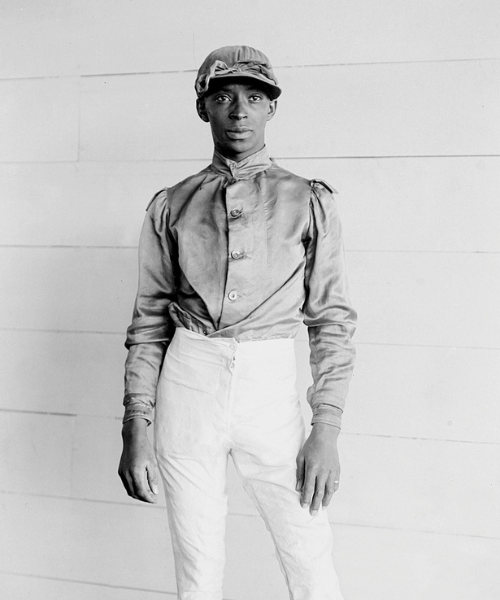The Kentucky Derby Museum is proud to offer FREE virtual class chats designed to supplement and align with curriculum in a variety of content areas. The KDM education team will tailor teaching and interactions to your student’s grade level. Every program is appropriate for multiple grade levels and is designing to be FUN, fast paced, and interactive!
What will my Class Chat include?
Booking Class Chats
Content Areas Include: Career Studies, Science, and Social Studies
Program Summary: Keeping a Thoroughbred happy and healthy is much like taking care of a pet at home. Students learn teamwork is essential in preparing a horse for the Kentucky Derby, as they role-play performing the many jobs in the stable.
Program Goals:
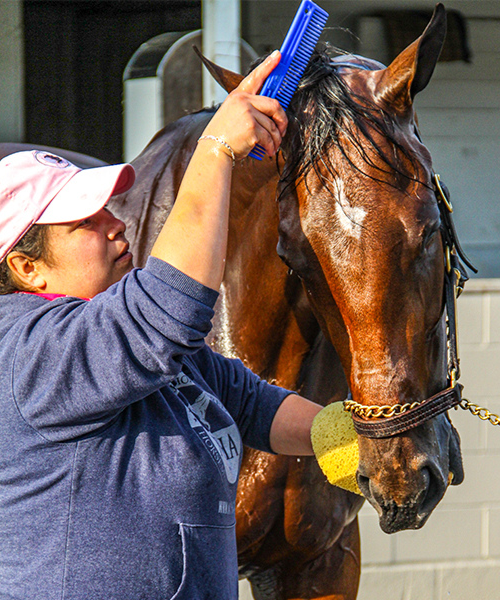
Program Summary: There are over 31,000 equine operations in Kentucky! From farms, to cultural attractions, to equine hospitals, to sales, opportunities for those interested in the industry are wide and varied! Students will explore the various opportunities that support thoroughbreds outside of the race track. The goal is to introduce students not only to opportunities but to specific local companies that could offer internships or entry points into the industry.
Program Goals:
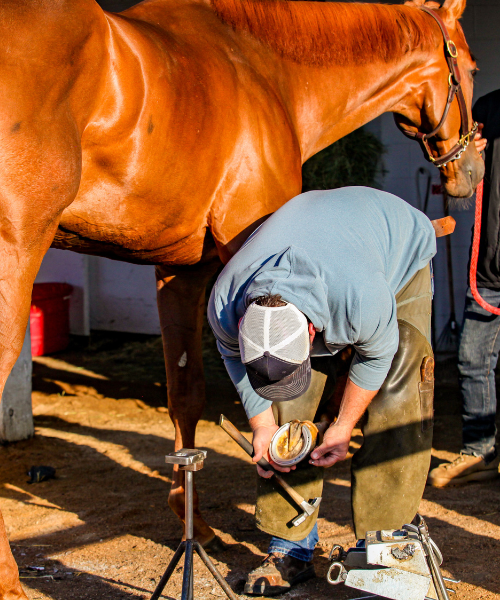
Program Summary: Kentucky is home to five Thoroughbred race tracks that share racing throughout the year. Students will learn about different career options available at race tracks and what it takes to land that perfect job. The goal is to introduce students to the range of careers available and to highlight various entry points based on areas of interest.
Program Goals:
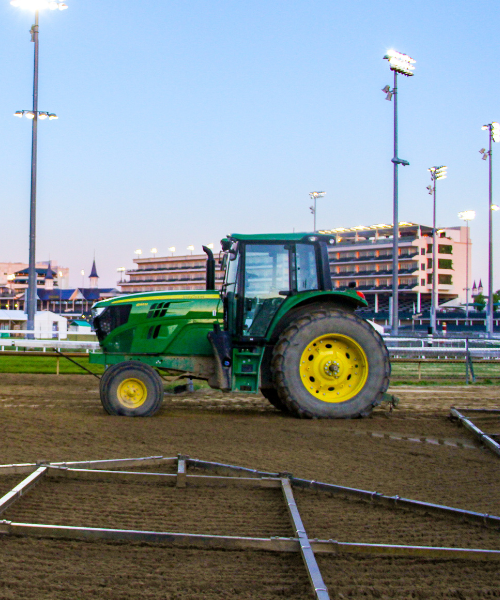
Program Summary: What does it take to build a safe athletic surface for horses? It all goes back to the process of weathering a rock, and how it eventually turns to sediment. Students will explore the process of weathering in relation to the process of building and maintaining a racetrack using a combination of different sediments.
Program Goals:

Program Summary: For over four hundred years, humans have bred Thoroughbreds to sustain astounding speeds, culminating at Churchill Downs Racetrack in the Kentucky Derby. This program explores the anatomy and physiology of Thoroughbreds through the lens of the sport’s greatest star, Secretariat. Students will understand why Thoroughbreds are not only incredibly athletic, but how they have become the ultimate “Racing Machine”.
Program Goals:

Program Summary: Explore and understand the longstanding history of Thoroughbred genetics, from where the breed started in the 1700s, to modern-day influences and lineage. The role of human responsibility to these animals is emphasized in the realm of genetics and a closed bloodline.
Program Goals:
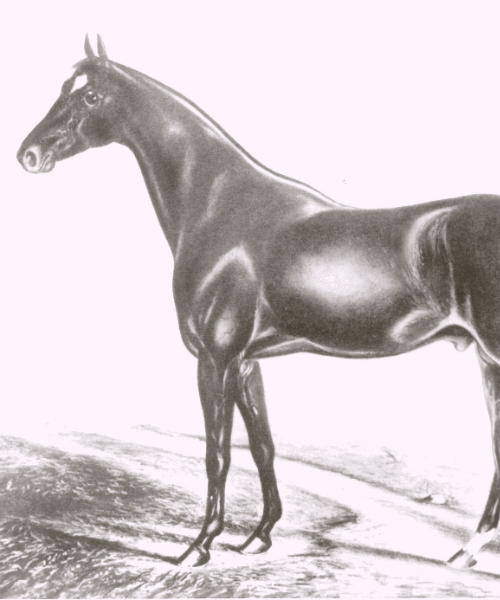
Program Summary: Let’s celebrate! The concept and importance of cultural tradition is explored before we attend our very own Kentucky Derby. We’ll act out the day as students participate in the many Kentucky Derby traditions - maybe even one of your students will win the Derby!
Program Goals:
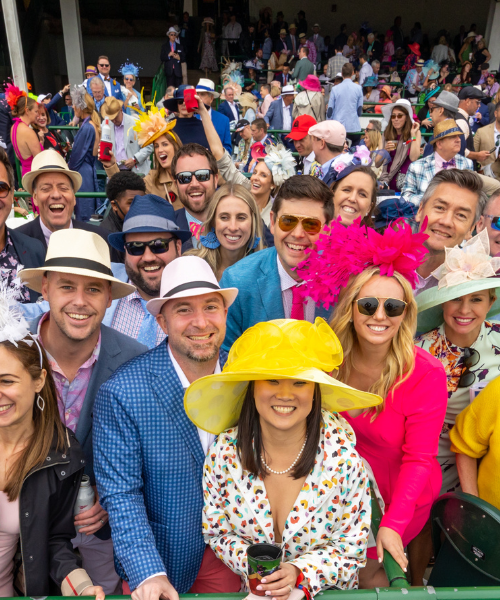
Program Summary: The history of Louisville, as well as its signature event, the Kentucky Derby come alive! Told through the lens of stories, students explore how key people and events caused Louisville and the Derby to grow up together!
Program Goals:

Program Summary: Black jockeys and horsemen dominated the sport of Thoroughbred racing, from the first Kentucky Derby in 1875 through 1903, right before the Jim Crow era pushed them out. In fact, 15 of the first 28 Derby winners were ridden by Black jockeys. Students will explore the contributions of these incredible athletes through this discussion and object-based learning program. This highly interactive experience will allow students to connect a museum’s collection to the stories those objects reveal.
Program Goals:
